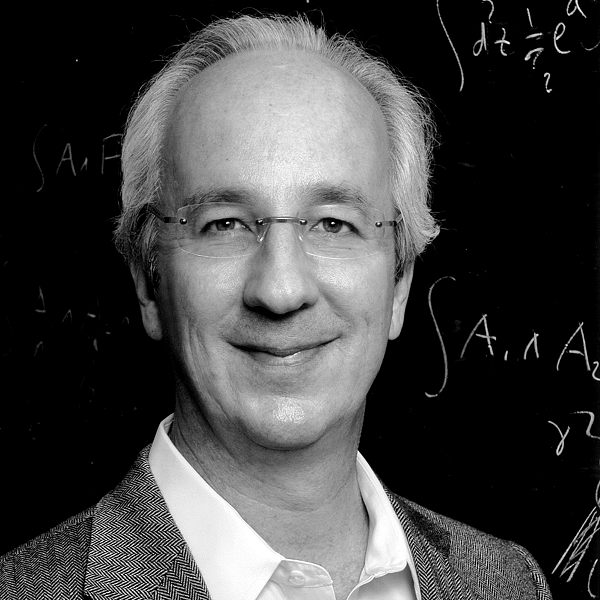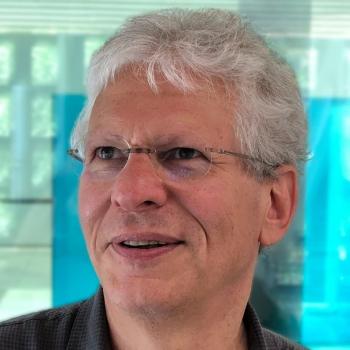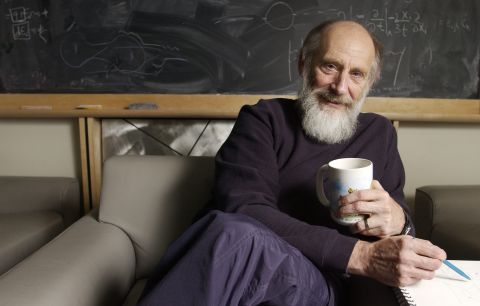
On August 8, local time, the 2023 Dirac Prize was announced. Four American physicists, two of them from Stanford University, have been honored with the award for their contributions to string theory.
They will be awarded the Dirac Medal, with a ceremony to be held in 2024.
String theory is a mathematical framework of fundamental physics that aims to describe the entire universe.
At present, many Dirac Prize winners have won Nobel Prizes, Fields Medals or Wolf Prizes.
The four recipients of the 2023 Dirac Medal are: Jeffrey Harvey, Enrico Fermi Distinguished Service Professor of Physics at the University of Chicago, and Eugene Higgins Professor of Physics at Princeton University. and Igor Klebanov, Director of the Center for Theoretical Sciences at Princeton, Stephen Shenker, Richard Herschel Weiland Professor of Physics at Stanford University, Leonard Susskind, Felix Bloch Professor of Theoretical Physics at Stanford University.
The award recognizes "their pioneering contributions to perturbative and non-perturbative string theory and quantum gravity, particularly in relation to anomalies, dualities, black holes and holography".
The Dirac Prize aims to commemorate Paul Dirac (PAM Dirac), one of the greatest physicists of the 20th century, a British theoretical physicist, and one of the founders of quantum mechanics. The award is awarded to scientists who have made significant contributions to theoretical physics by the International Center for Theoretical Physics (ICTP) in Trieste, Italy, every year on Dirac's birthday (8 August). The Dirac Medal was first awarded in 1985.
what is string theory
String theory does this by reimagining the "fundamental building blocks" of matter as tiny vibrating "strings." Just as different vibrating modes of a violin string produce different musical notes, string theory suggests that different vibrating states of a "string" produce different fundamental particles, such as electrons or neutrinos.
String theory is considered a unified theory of physics -- combining Einstein's general theory of relativity and quantum mechanics -- the former describing gravity and the latter describing the fundamental elements of matter.
String theory has been applied to the study of black holes, the early universe and condensed matter, among others. Because of its complex and rigorous formulation, it enabled important developments in pure mathematics.
Atish Dabholkar, director of the International Center for Theoretical Physics, said that string theory is a theory under construction with the goal of providing a quantum description of space-time, and string theory provides a mathematical framework for achieving this goal. Furthermore, string theory provides important insights into the quantum aspects of black holes.
The article "String Theory: A Lively and Lonely Journey" published on the official website of the Chinese Academy of Sciences introduced, "A basic point of view of string theory is that the basic units of nature are not particles like electrons, photons, neutrinos, and quarks, which seem to be Things like particles are actually very small closed loops of strings (called closed strings or closed strings), and the different vibrations and motions of closed strings give these different elementary particles. Therefore, string theory begins with some very basic And simple units can get the infinite variety and complexity of the universe. In string theory, one can naturally get gauge symmetry, supersymmetry and gravity, and these principles are either imposed in the original standard model or are in conflict with quantum theory, where they are all harmoniously unified and mutually required and unique.”
Contributions of the four winners
Jeffrey Harvey received his Ph.D. from the California Institute of Technology in 1981, engaged in post-doctoral research at Princeton University, and became a faculty member. He transferred to the University of Chicago in 1989. He was also elected to the American Academy of Arts and Sciences, the American Physical Society, and the National Academy of Sciences. He is a former director of the Institute for Advanced Study in Princeton, USA.

Jeffrey Harvey, Enrico Fermi Distinguished Service Professor of Physics, University of Chicago, USA.
Geoffrey Harvey co-founded heterogeneous string theories that could be incorporated into the Grand Unified Theory of the Standard Model of particle physics. He pioneered the study of solitons and branes and played a crucial role in the discovery and understanding of dual symmetries. His work with collaborators on anomalous inflows has found important applications in condensed matter physics.
Igor Klebanov received his Ph.D. in theoretical high-energy physics from Princeton University in the United States, and subsequently conducted postdoctoral research at the Stanford Linear Accelerator Center. He is a member of the American Academy of Arts and Sciences and the National Academy of Sciences. He was also awarded the Tomassoni Prize by Sapienza University of Rome in 2014. The award recognizes and encourages outstanding achievements in the field of physics.

Igor Klebanov, Eugene Higgins Professor of Physics and Director of the Princeton Center for Theoretical Sciences, Princeton University, USA.
On the relevant Princeton University webpage, Igor Klebanov's research description states, "Since 1996, most of my work has focused on the four and three space-time dimensions of quantum field theory and Precise relationships between higher dimensional theories, including gravity".
In a groundbreaking paper, Igor Klebanov and co-authors compiled a precise dictionary for the holographic AdS/CFT correspondence. He and his collaborators constructed holographic gravitational dual instances of constraint gauge theory, which have many applications in model building.
Tian Yu, a professor at the School of Physical Sciences at the University of Chinese Academy of Sciences, introduced in the abstract of an academic report that the discovery of the AdS/CFT correspondence in the late 1990s revealed the so-called holography of gravity.
Cai Ronggen, an academician of the Chinese Academy of Sciences and a researcher at the Institute of Theoretical Physics of the Chinese Academy of Sciences, introduced in the article "Holographic Universe", "The so-called holography, that is, all information, originally means that all information of three-dimensional objects is recorded on the two-dimensional photo base." "The so-called gravitational The holographic property means that the effective degrees of freedom of a gravitational system are proportional to the surface of the system, as if distributed on its surface. If so, our universe is a hologram, and its degrees of freedom (all properties, including dynamic processes ) can be fully described on a holographic screen.”
Stephen Schenk received his Ph.D. from Cornell University in the United States, and conducted postdoctoral research at the University of Chicago and other places. From 1998 to 2008, he served as director of the Stanford Institute for Theoretical Physics. In 2010, he received the Lars Onsager Award from the American Physical Society. He is a member of the American Academy of Arts and Sciences and the National Academy of Sciences.

Stephen Shenker, Richard Herschel Weiland Professor of Physics at Stanford University.
Stephen Schenk and collaborators developed the first non-perturbative formulations of M-theory and string theory by providing a constrained process describing the S-matrix. His other influential contributions include the phase structure analysis of lattice gauge theory, the classification of unitary two-dimensional conformal field theory, the covariant formulation of superstring theory, the perturbative formulation of non-low-dimensional string theory, and the relationship between chaos and black holes. novel connections between them.
Leonard Susskind is widely regarded as one of the founders of string theory. He received his Ph.D. from Cornell University, USA. In 1997, he was awarded the JJ Sakurai Prize (full name "Sakurai Pure Theory") for his "groundbreaking contributions to hadron string models, lattice gauge theory, quantum chromodynamics, and dynamic symmetry breaking". Particle Physics Prize"). He is a member of the National Academy of Sciences and the American Academy of Arts and Sciences.

Leonard Susskind, the Felix Bloch Professor of Theoretical Physics at Stanford University, is widely considered one of the founders of string theory.
Susskind was one of the first to realize that the dual model could be explained in terms of strings. His other influential contributions include his work on Hamiltonian lattice gauge theory, baryon generation and technochromaticity, holography, and the link between complexity theory and black holes.